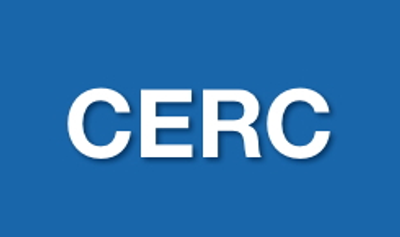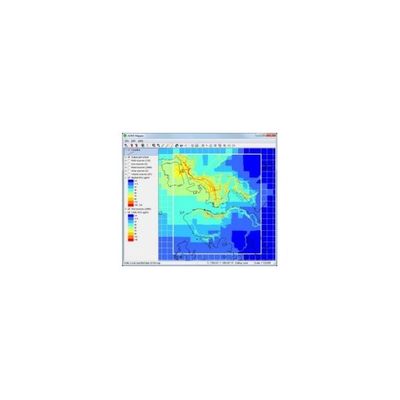

- Home
- Companies
- Cambridge Environmental Research ...
- Software
- ADMS-Urban RML - Innovative Automated ...

ADMS-Urban RML - Innovative Automated System for Nesting ADMS-Urban
The ADMS-Urban Regional Model Link (ADMS-Urban RML) is an innovative automated system for nesting the high resolution air quality model ADMS-Urban in a regional air quality model such as CMAQ, CAMx, CHIMERE or EMEP4UK, using meteorological data from the meso-scale WRF model. The output from the ADMS-Urban RML system comprises predictions of pollutant concentrations for an urban area, which take into account both regional and local pollutant transport and chemistry effects.
The ADMS-Urban RML Controller interface allows the user to enter the data required for the modelling in a straightforward manner. The inputs are divided into four broad categories, with individual sections covering more specific aspects of the run. To set up a model run, the user simply works through the screens entering the relevant data or referencing external data files.
The user can define a template file to set custom default values for any or all system parameters which will then be applied to new ADMS-Urban RML system runs.

Nesting the local model ADMS-Urban within a regional model using the ADMS-Urban Regional Model Link allows both the resolution of high concentration gradients close to a source, and the accurate representation of transport and chemistry over larger spatial and temporal scales. The ADMS-Urban RML system combines the regional and local concentrations in such a way as to minimise double-counting of emissions, while remaining computationally efficient and user-friendly.
The principal features of the ADMS-Urban RML system are:
- A user-friendly graphical interface
- An automated control system with logging of progress to file and screen
- Integration with CERC’s Run Manager software for distributing ADMS-Urban runs across multiple machines
- Compatibility with CMAQ, CAMx and EMEP4UK regional air pollution models, with potential for extension to other regional models
- Automatic division of a large nesting domain into separate runs for each regional model grid cell, with appropriate local meteorology from the WRF meso-scale model and background concentrations
- Flexibility regarding the size and shape of the nesting domain
- No requirement to re-run the regional air quality or meteorological models
- Inclusion of advanced modelling techniques for urban areas, such as street canyon and urban canopy flow field calculations, through the use of ADMS-Urban
The main components of the ADMS-Urban RML system are the ADMS-Urban local dispersion model, Run Managersoftware for distributing ADMS-Urban runs across multiple machines and the ADMS-Urban RML Controller, which consists of a graphical user interface, control program and five utility programs.
Typical applications of the ADMS-Urban RML include include:
- developing and testing the impact of regional and local air quality management policies on pollutant concentrations throughout a complex urban area
- assessments of the air quality impact from proposed developments
- exposure assessments
- provision of detailed street-scale air quality forecasts for an urban area in combination with a regional scale forecast for surrounding rural areas
